A Pigeon and a Pizza Rat walk into a Pottery Studio...
A new ceramic class and reckoning with NYC's past
Yay we’re back! Thanks for bearing with me while I simply could not get my shit together last week; it happens ¯\_(ツ)_/¯
Yesterday I battled the Ticketmaster queue to get tickets to Rilo Kiley’s reunion show in September and I am on cloud fucking nine. You don’t understand the hold that this band had on me in high school/college. I unfortunately discovered them just as they were calling it quits for the first time, so I’ve never actually seen Rilo Kiley perform live. I have seen Jenny Lewis a few times (she played a stellar set at the Apollo with the Watson Twins that I still dream about). And I’ve got a couple Rilo/Jenny tattoos because that’s just what we did in the 00’s.
Anyways, this week I’ve got a story for Black History Month, as promised. It’s a topic I’ve held off on writing about for a while, but since I learned about it on a walking tour I haven’t been able to get it out of my head. It’s a shitty bit of NYC’s history, but it’s important. On a lighter note, if you stick around til the end you’ll get to see the tea set I made at Bushwick Ceramics! I’m very proud of it.

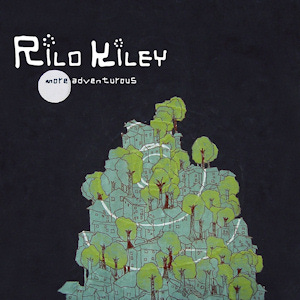

New York Municipal Slave Market Wall St & Water St (inside Mannahatta Park) Neighborhood: Financial District
Last week I promised that I’d write about some Black history in NYC and this bit of history is actually a topic I’ve been sitting on for a while. I hate writing about slavery because there’s so much more to Black history than just that, but the truth is that NYC as we know it wouldn’t exist without the slave labor that helped build it. Remember the Battery Wall that I wrote about recently? It’s very likely that that wall was built by enslaved people, as well as early roads (including Broadway), docks, and most of the important buildings of the early days - the first city hall, the first Dutch and English churches, the original Fraunces Tavern. So Black history is NYC’s history and BCLF also wouldn’t exist without it.
This week I want to bring your attention to a small marker in a tiny park in FiDi - The New York's Municipal Slave Market marker in Mannahatta Park. The park itself is pretty small and the sign is easily missed, but it marks a very important part of NYC’s history that I, at least, never learned about. From 1711 to 1762 on that corner of Wall St & Water St a market that auctioned off enslaved people thrived. Sure there was an attempted rebrand in 1726 to rename it the Meal Market (because corn, grain and meal were also traded there), but the market’s big ticket item was always in the trafficking of enslaved people. During its 51 year run, the market trafficked thousands of enslaved individuals, both men and women of all ages, as well as captured Native Americans.
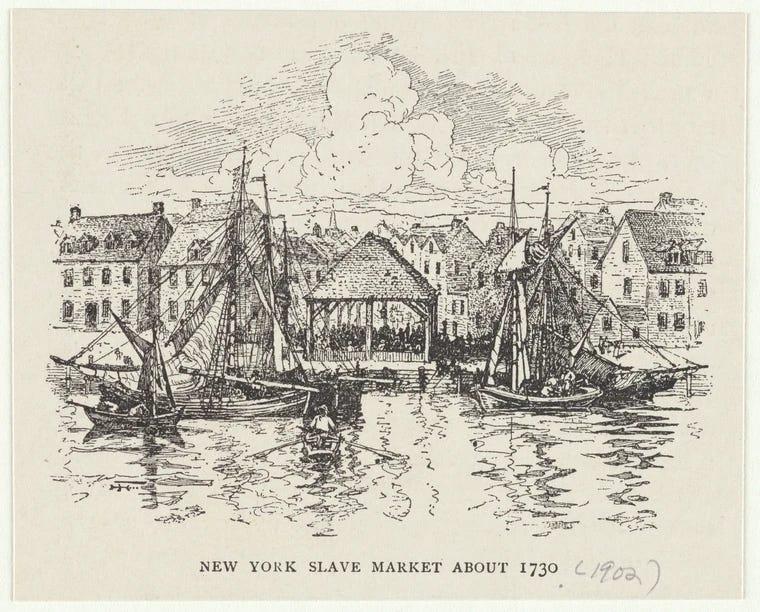
Slavery was introduced to Manhattan in 1626 by the Dutch, right at the freakin start, cementing the fact that “freedom” in the “New World” was always limited to certain groups. The Dutch West India Company initially brought 11 enslaved Africans to New Amsterdam (NYC) that year, with the first slave auction held in New Amsterdam about 30 years later in 1655. By 1703, NYC had the second-highest enslaved population of any city in the colonies (after Charleston, South Carolina), with more than 42% of New York City households owning enslaved Africans, often as domestic servants and laborers. Our founding fucking fathers were slave owners, with George Washington even warning Americans during the Revolutionary War that if they did not resist British tyranny they would become "as tame and abject slaves as the blacks we rule over with such arbitrary sway." 🤮🤮
When the British began taking power from the Dutch, they made damn sure to uphold the practice of slavery because the cheap labor was great for business. They passed a series of New York Slave Codes in 1702 that further limited the rights of enslaved folks. These codes and their subsequent updates were in part a reaction to the murder of William Hallet III and his family in Queens (the Hallets were big names in the founding of Astoria). They prohibited enslaved people from trading with free people, allowed masters to punish their workers however they saw fit, and banned enslaved people from meeting in groups of more than three, among other things.
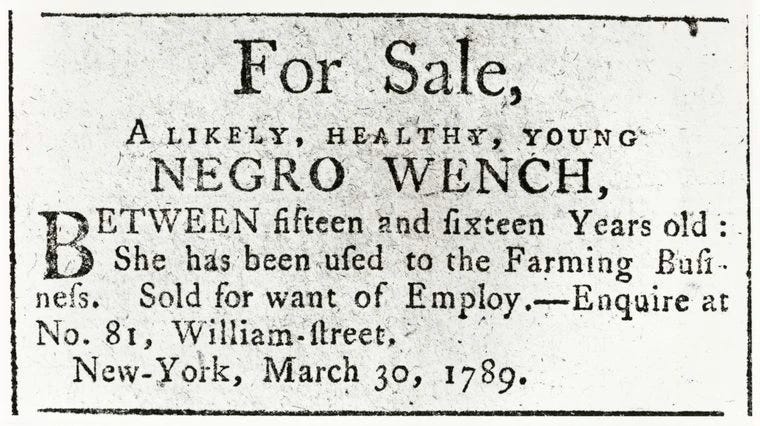
Although there were some talks about ending slavery before the Revolutionary War, the fighting ultimately put a stop to any serious action. In fact, many enslaved people went and joined the British while they occupied NYC because they were promised freedom in return for fighting via the Philipsburg Proclamation. By the end of the war in the 1780s, about 10,000 Black people lived in New York and the Treaty of Paris required that all British property be returned to the United States - and don’t forget that enslaved people were considered property. But to their credit, the British did one kind of good thing: they refused to return the Black Loyalists to their owners and George Washington allowed Britain to pay America money instead. So yeah, these people are still being treated like property and that’s not good, but at least they didn’t have to return to a life of servitude? When the British left NYC on Evacuation Day, they took about 3,000 of those Black Loyalists north to Nova Scotia, where they remained free.

So now that the Revolutionary War was over, surely George Washington and all of our great Founding Fathers would get back to ending slavery, right?
After the American Revolution, the New York Manumission Society was founded and in 1799 the state passed a law for gradual abolition, a law that didn’t actually free anyone in that moment because freedom was a future problem. The law basically created a bunch of date-specific timings for when current enslaved people were freed, as well as requiring their children to be indentured servants for a time before they could be free. Ugh. The last enslaved persons were finally freed on July 4, 1827. New York was literally the second to last Northern state to end slavery (with goddam New Jersey being last in 1865).
Ok so now slavery is over with in NYC, right?
Hell no! New York’s shameful history of discrimination, racism, rigid segregation, and anti-black violence continued. By the 1850s, the city was dominating the illegal international slave trade and New York benefited immensely from being a central trading point. Banks, insurance companies, and lawyers made mad money with slaveholders and businesses that are still found in the neighborhood today (Aetna, JPMorgan Chase, and New York Life) had a lot of their investments in plantations down south and many of their clients insured their slaves as property or used them as collateral for loans. New York also received tax revenue from slaves sold and used slave labor on many city projects. So yeah, rich people gonna be rich people, some things don’t change.
Eventually slavery was outlawed and now NYC is the happiest most progressive place on earth 🥲 Ok sarcasm aside, we have Brooklyn-based artist and writer Chris Cobb to thank for putting in the work to uncover the existence of this slave market that allowed the city to really begin to reckon with its past.
“The slave market was known about, but people really did not know too much about it,” Cobb told Hyperallergic. One gap was a visual of the place. “When I was researching it, I also realized that there must be some image of it somewhere, but it took me several years of hunting to find the only documented eyewitness drawing of it,” he explained. That moment finally came at the New York Public Library, with a 1716 map by William Burgis where he’d drawn every building on Manhattan’s East River shore.
“I made an appointment with the rare books division at the New York Public Library and they brought out the map, and I saw it immediately at the foot of Wall Street with Trinity Church in the background,” Cobb stated. “It was an amazing moment. There it was. The invisible suddenly became visible again.”
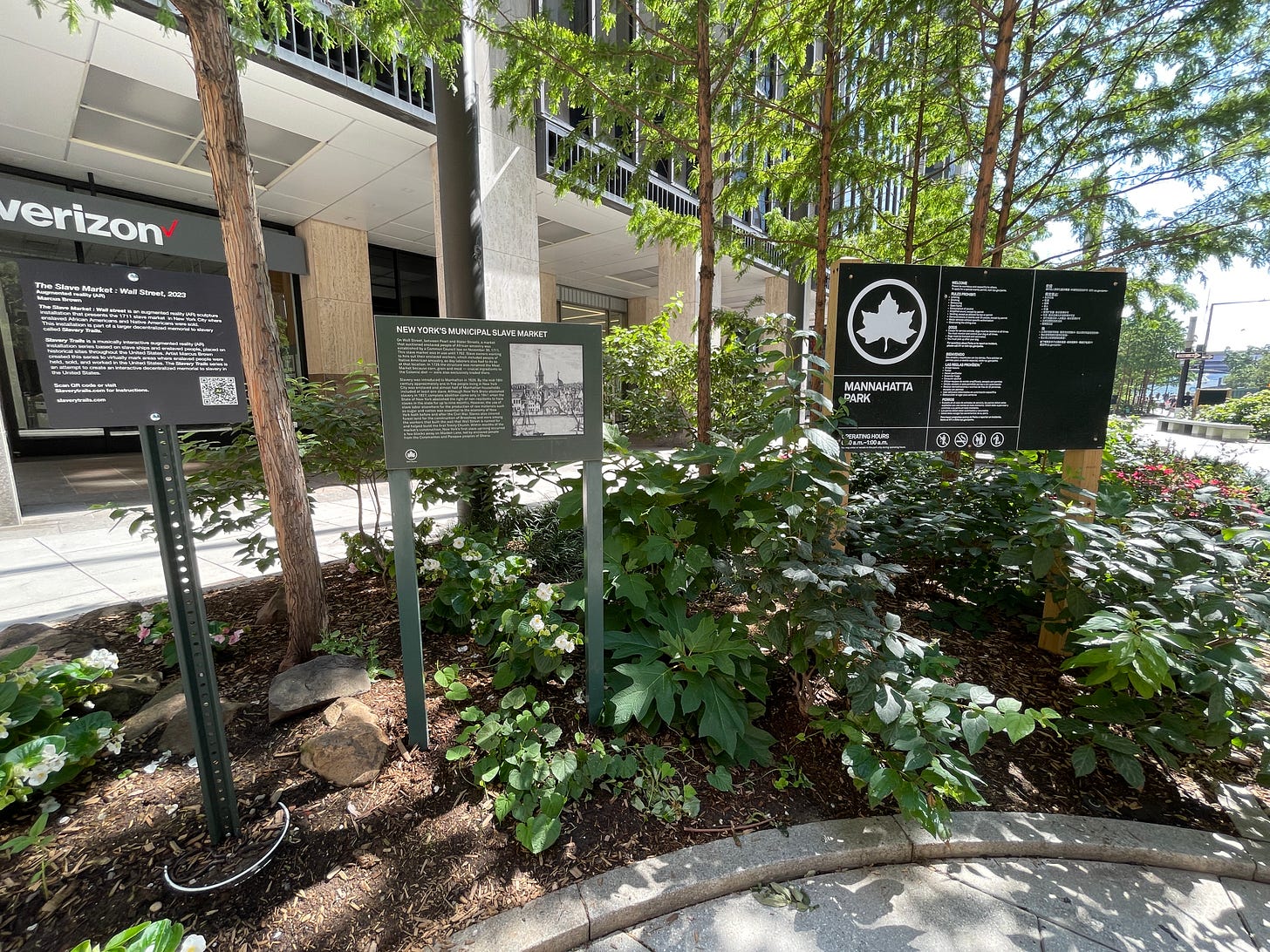
So here it is! The tiny marker in the tiny park that serves as a reminder of a huge part of our city’s history. We’ve since uncovered a bunch more sites that are important to Black history in NYC - Seneca Village, the African Burial Ground, and a second African Burial Ground that I literally just learned about. I’m glad that NYC has been making an effort to memorialize these places and it’s definitely a step in the right direction, but I think there needs to be way more education about our actual history, and not just the nicer bits that make us look good. Chris Cobb said it best:
“The market was the most significant to me because it was a metaphor for a lot of what is wrong with modernity in general, that linear narratives always favor the storyteller,” Cobb said.
Bushwick Ceramics 698 Hart St, Brooklyn, NY 11221 228 Suydam Street Brooklyn, NY 11237 Neighborhood: Bushwick Offerings: Classes in wheel, hand building, underglazing and more. Memberships, corporate events, and one-off classes available. Cost: Varies, but my class was $490
I had an amazing time taking a ceramic class at Dirtbag Arthaus last winter and figured I’d book myself into another ceramic class this season to prevent the cold weather blues. Also - I just love making stuff! I’ve developed such an appreciation for handmade goods and also whenever I see something cool I think (somewhat deludedly) “I can make that.” But it turns out I can make it because I took a 6 week Tea Set Handbuilding Class and it was so much fun! Stick around to see what I made 🫖 👀
Bushwick Ceramics has two locations and was founded by Zofi Lipton. I remember seeing Zofi’s leg cups for sale in Lazy Suzy and thought they were so stinkin cute. I believe their Hart St location across from Lazy Suzy is just a members only studio, whereas the Suydam St location offers classes (that’s where I was). I’ll be writing about the class that I took here, so please be wary that different classes might be slightly, well, different.
My instructor for the tea set class was Michelle Im and you have to look up the stuff that she makes; she is so talented! When I saw her pigeon tea pot it gave me a great idea for my tea set theme - I would create an ode to NYC to match my pigeon and rat tattoos. Was this ambitious? Yes. If I’ve learned anything making ceramics it’s that the process is very much like those Instagram > Reality memes; the idea I have in my head rarely translates directly into the pieces that I make. And that’s ok! Ceramics has taught me to let go of perfection and kind of just let the pieces become whatever they’re gonna become. That said, I wanted to try my best to actually create something intentional and functional.

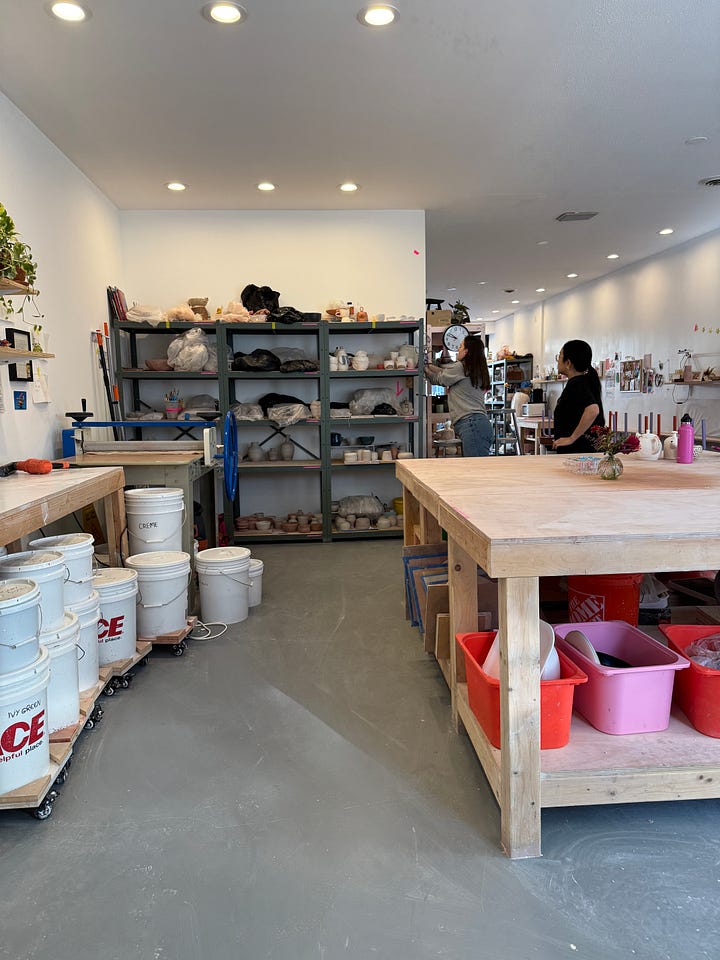


First, Michelle has us sketch out our designs. She showed us some of her own work and talked about some popular tea pot configurations. We had so much to think about! What shape would our pot be? Would it have a short spout, a long one? How would we make our lids and ensure that they fit properly? There wasn’t a one size fits all approach to building this and the method really depended on what our end goal was. We practiced making pinch pots and Michelle absolutely revolutionized how I coil. Even though I make little ceramic pieces fairly often, it’s always nice to get a refresher on skills.
We only had 3 hours every Saturday morning to crank out our work and while that sounds like a long time, I promise you it’s not. Ceramics shrink each time they’re fired, so you usually want to make pieces a bit larger than you actually want them to be. I think it took me almost 2 whole days just to create my tea pot, and then I still had to make my cups and saucers. That also takes into account the times that I started a piece and didn’t like how it was coming out, so I had to pivot. I did end up repurposing these mistake pieces into other little jars and doodads though, so nothing went to waste!
I wanted to add lots of little details to my pieces, so I opted to do all of the decorating with underglaze. Underglaze can be a bit tricky because the color that you mix isn’t quite the color that it appears when you paint it on the piece and that’s also not quite the color that it ends up after firing. This is why it’s helpful to fire a bunch of test pieces 😅 We didn’t have the time for that though, so I made my best guesses and - say it with me - let go of perfection. I trusted the process and was just happy that I would end up with a functional tea set I could drink out of, colors be damned!
On the last day of class, we had a glaze-a-thon! The glazes are the final step and they create a waterproof (and usually food safe) coating. The glazes were all stored in giant buckets and Michelle showed up how to dip our teapots and make sure all surfaces (inner and outer) got covered properly. Some of us also painted glazes on, depending on the final coloring we wanted. I did all of my detailing in underglaze, so I mostly just dipped my pieces in the clear glaze. You might think “dipping stuff in buckets of liquid is easy.” Once again, I promise you it’s not as easy as you think. Most of us learned how well our pots poured when removing them from the glaze buckets and more than a few messes were made.
Finally, it was the moment of truth. I brought a box home from work and trekked to the studio to pick up my pieces and y’all…they came out so good!!! Please enjoy the little photo shoot I did:
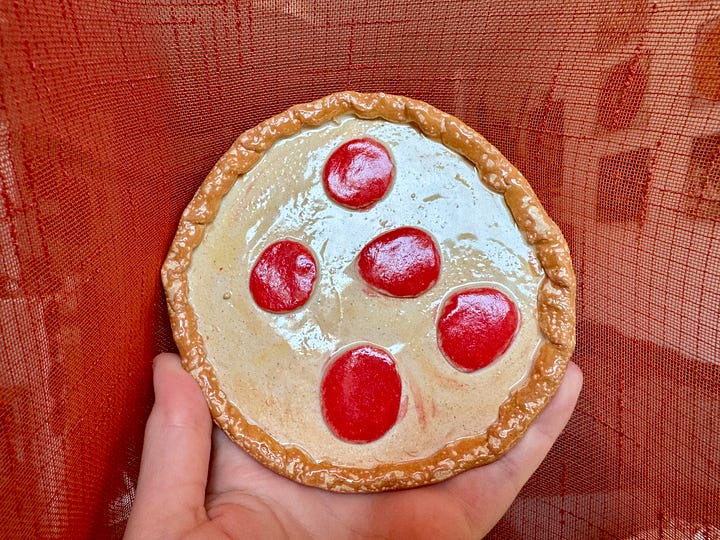
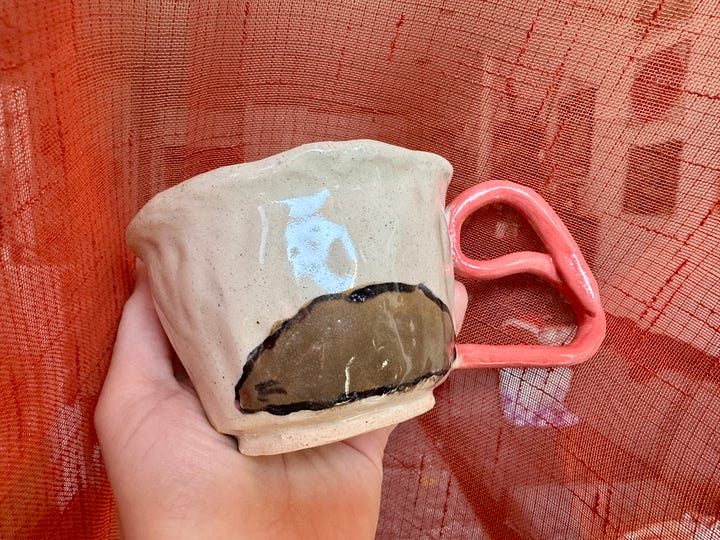
Guys, I fuckin made this shit! I think I love the little rat cups the most because I got incredibly lucky with the colors, although the pizza saucer colors turned out really great too. Please excuse me while I make this tea set my entire personality for the forseable future.
I think this class was absolutely money well spent. We had access to unlimited clay during class and firings were also free. The only downside was that we only had access to the studio on Saturday mornings, which limited how much I could create. Dirtbag Arthaus, on the other hand, offered unlimited studio access but you had to pay for additional clay and firings. I would recommend either studio if you’re looking for somewhere in Bushwick, just make sure you look at what’s included to figure out what makes the most sense for you. And if you take a class and make something please share it with me because I want to see!
Will this be the year I finally succeed in growing a little garden? Jury’s out for me tbh, but this could be your year! Woodbine in Ridgewood is having their Annual Seed Exchange on Sunday March 2 from 12-3pm. They’ll have local gardeners on hand to answer all of your questions and any leftover seeds will be added to their seed library, which you can access anytime if you’re not able to visit this weekend.
If you’re a lucky NYC resident who has more than just a windowsill to offer a tiny plant, consider signing up to get a freakin Paw-Paw tree! The NY Restoration Project is giving out Paw-Paw saplings this Spring. I’ve never heard of Paw-Paws but apparently they’re the largest fruit native to the continental USA and they taste like a combination of mango, banana, and pineapple. Sign up for the NYRP’s newsletter to stay tuned for the drop!
My new office is in the (IMO) made up neighborhood of Hudson Square and while I don’t love how bland the area looks, you just might be the person to save it. That’s because the Hudson Square is looking for artists to transform a vacant building at Spring & Greenwich into a mural. The deadline to apply is March 14 and the winner will receive $25,000 (inclusive of design, materials, labor, and equipment). Please make the area by my office pretty 🥺
The Brooklyn Museum is not doing so hot after they apparently “spent without thinking.” The Museum quietly announced last week that its popular First Saturdays events have been canceled for March and April and the director of the museum said that there would be layoffs, pay cuts for management, and reductions in exhibitions to address a projected $10 million deficit. OY.
Clean Bushwick Initiative has organized some Bushwick Cleanups over the next few months, the first being this Saturday March 1. I might wait til the weather’s a tiny bit warmer to sign up for a cleanup, but I really want to make an effort to do more local volunteering.
The Outsider Art Fair is running from Feb 27-March 2 at Metropolitan Pavilion in Chelsea. The exhibition is dedicated to showcasing self-taught art, art brut, and outsider art from around the world. A day pass will run you $35, or $65 for a full show pass.
- wrote an amazing piece on public bathrooms in NYC a while back (it’s a must read) and I was absolutely thrilled to find that a very specific public bathroom model had been dropped right in Irving Sq Park! A Portland Loo is now available for your shitting pleasure right in Bushwick. Do I dare try it out?








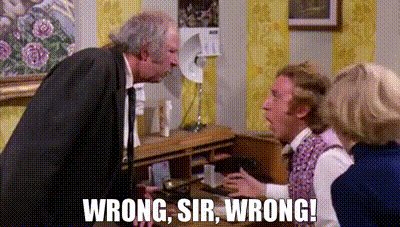


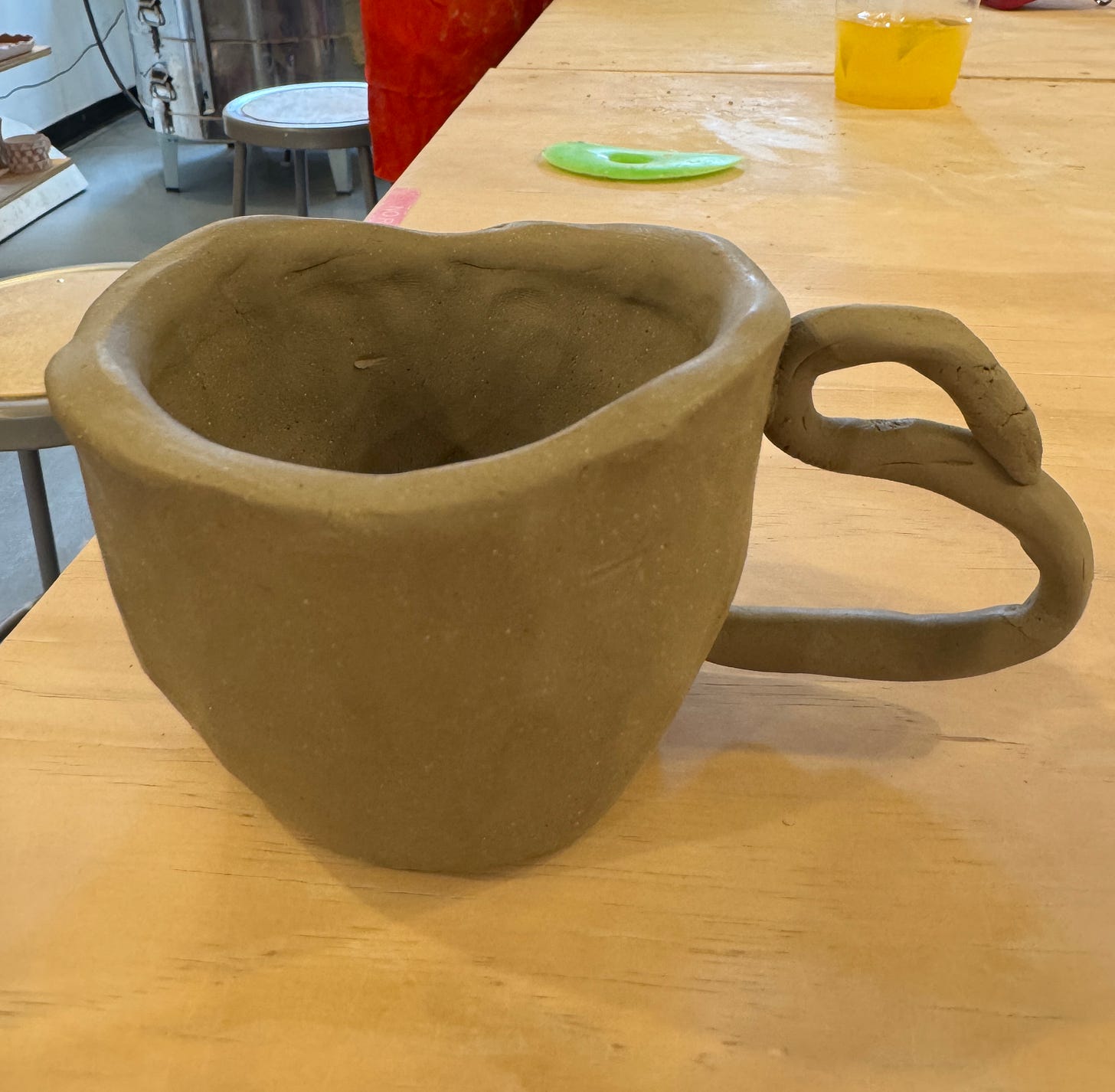
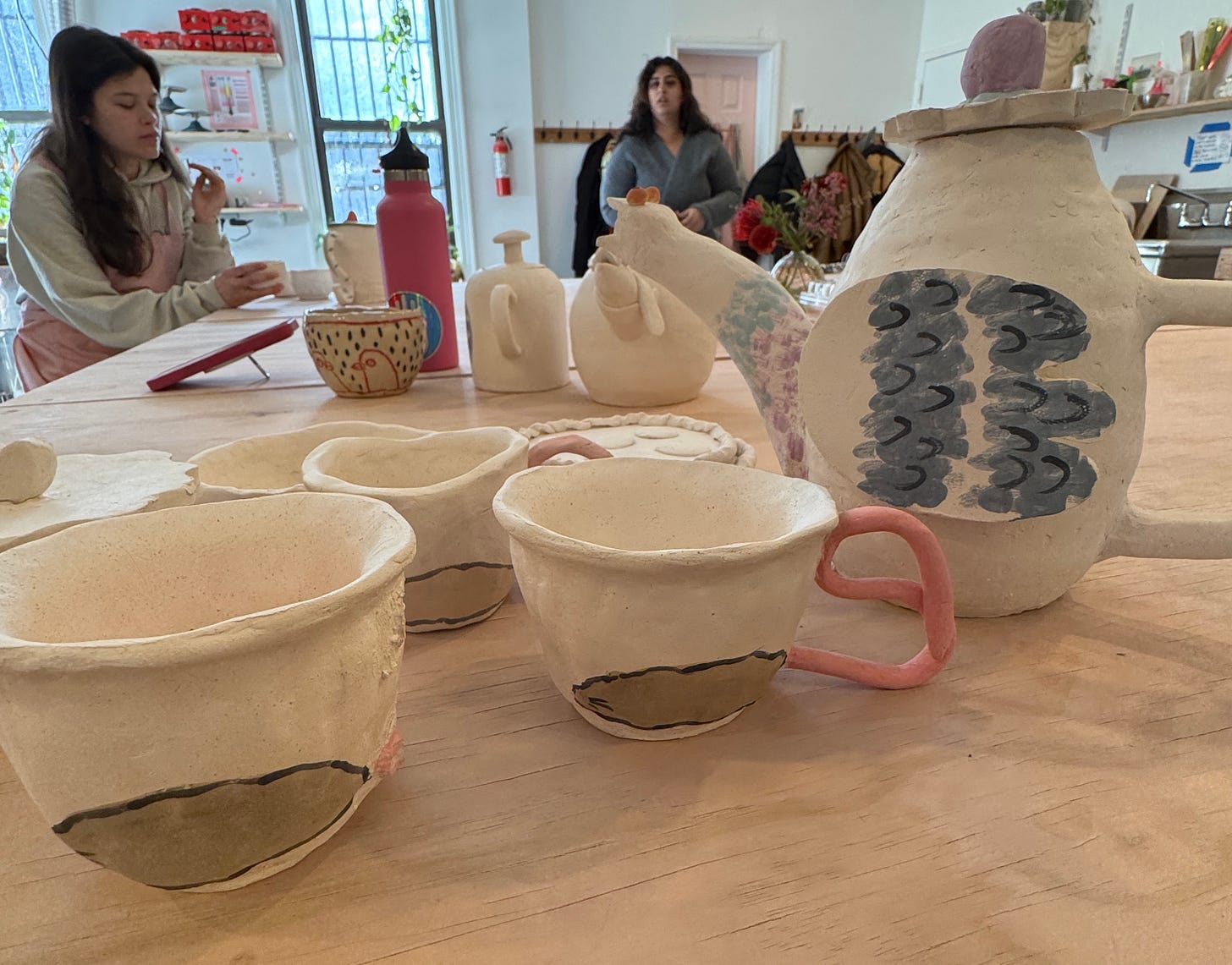
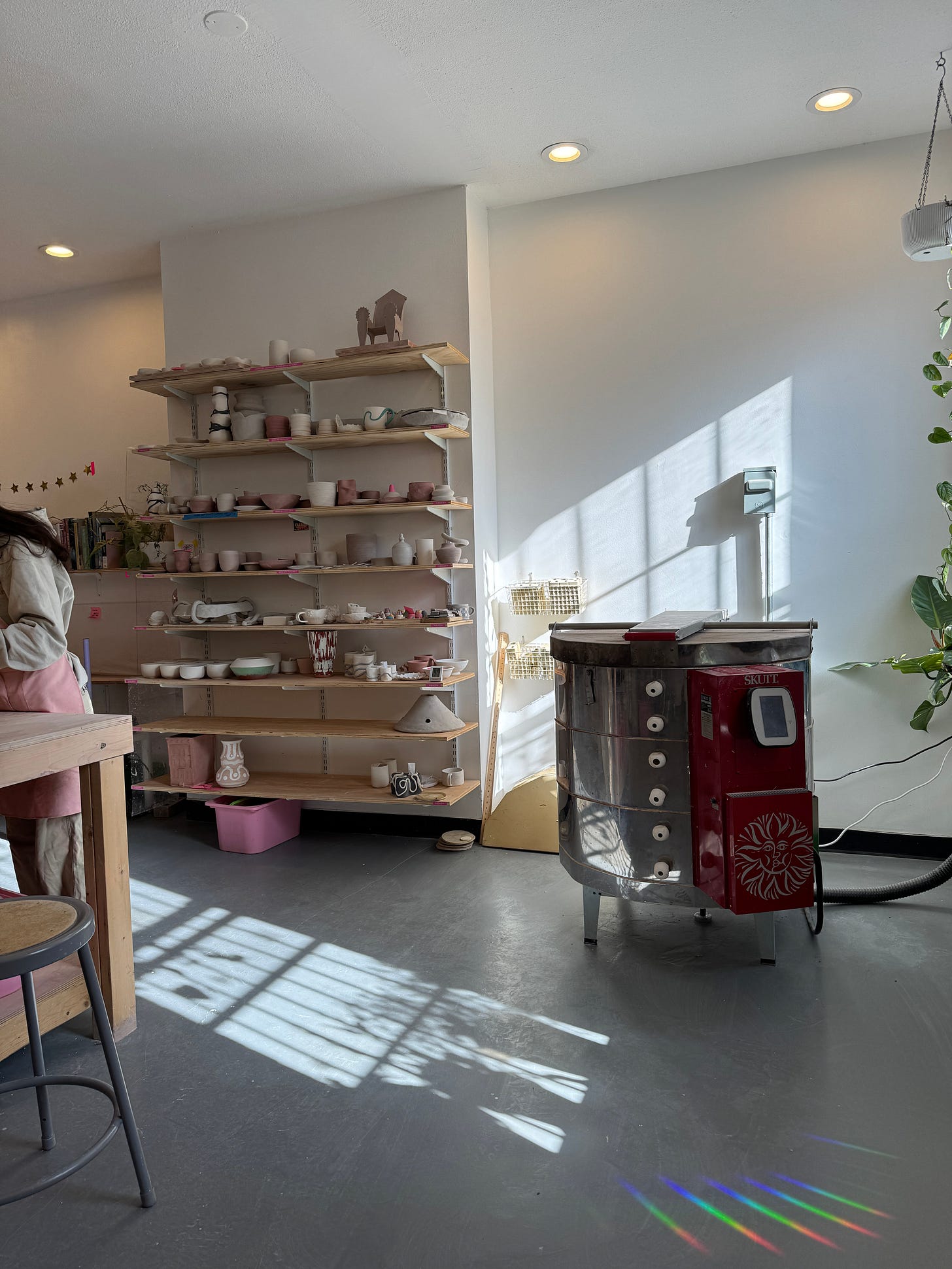
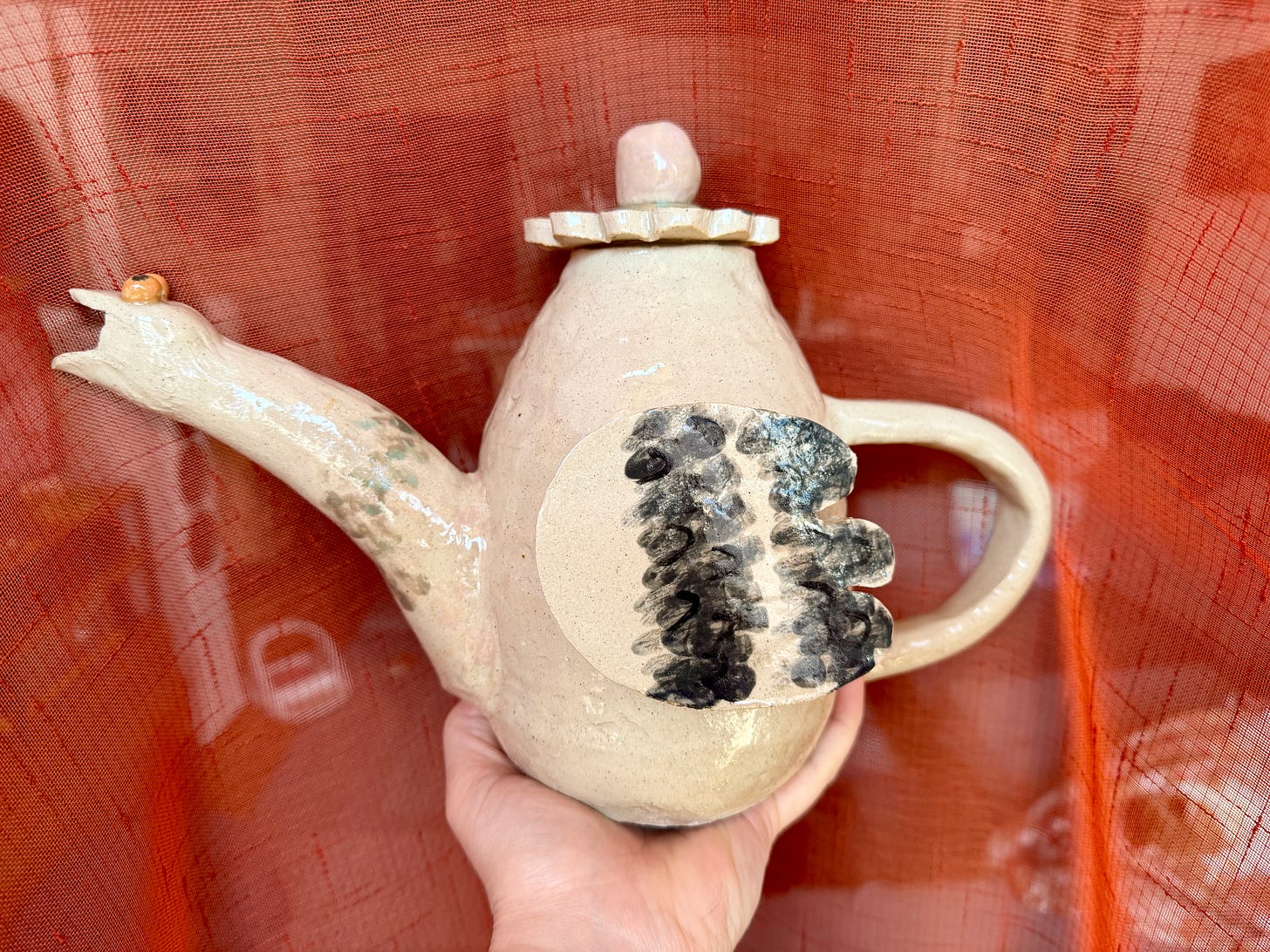


That’s a dope tea set. And yes you have to try the toilet!! 😂
YOUR TEA SET TURNED OUT SO GOOD!!!!!!!